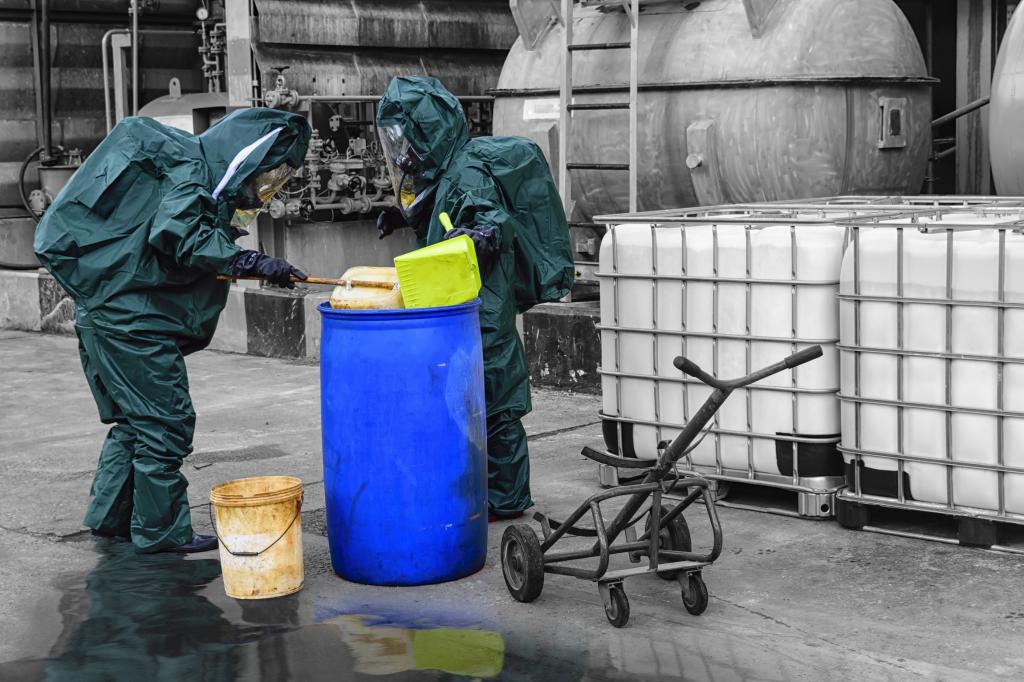Surely all people at least once in their life heard about the concept of special working conditions. But in reality such a term does not exist in the legislation. But these same conditions are the basis for early retirement and other benefits from the state. Therefore, they deserve special attention.
What working conditions are special? Why are they compensated for their work? This and much more should be told in a little more detail.
Articles 146 and 148 of the Labor Code of the Russian Federation
The story of special working conditions should begin with an appeal to the Labor Code. Article 146 is dedicated to this topic. And to be more precise, the issue of payment for work.
The article says: if a person is engaged in production with dangerous and (or) harmful conditions, then he is entitled to a higher salary. The same applies to workers who work in geographic areas dominated by severe climatic conditions. But this is already mentioned in the 148th article. It says: the reason for the increase in salary in this case is uncomfortable living conditions. They are determined by the totality of biomedical, climatic, socio-economic, and also geographical factors.
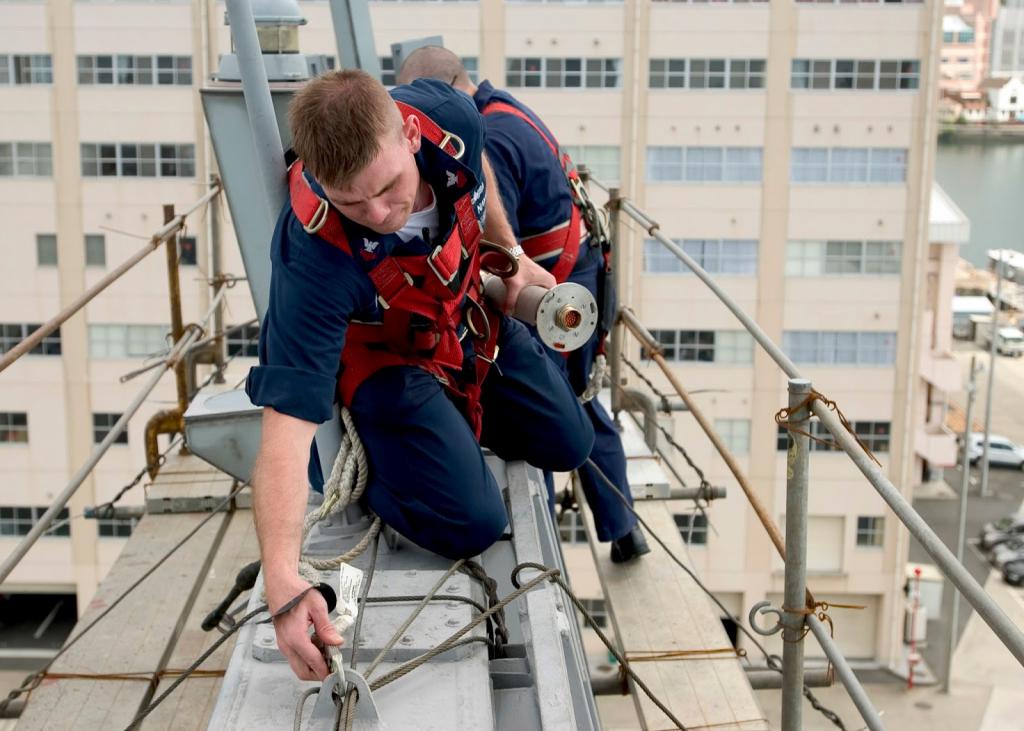
All compensations and guarantees are established by the differential method, with the obligatory taking into account the features of a particular area. And the regions that are characterized by this characteristic include the Far North, regions equated to it, as well as waterless, alpine, remote and desert areas.
27-1: hard work
This is the first code of professions that belong to the list of those that involve work in difficult conditions. Number 27-1 is encrypted:
- Underground work. They are occupied by people extracting minerals, builders of underground structures, specialists in emergency and rescue measures. An exception is workers whose activities are associated with the operation of the subway.
- Work in hot shops. All technologists working in such a facility are exposed to intense heat. Also, their health is affected by the vapors released during the heat treatment.
- Work with harmful conditions. This includes activities whose implementation leads to negative changes in the body (the appearance of chronic and passing diseases, loss or decrease of working capacity). This is typical for specialists in the mining, oil, chemical and coal industries, electricians, metallurgical and abrasive workers, exploration geologists, microbiologists, radio and electrical engineers, as well as manufacturers of thermometers and hydrometers.
All citizens involved in any of the listed areas begin to receive insurance pension payments ahead of schedule.
27-2: special conditions
This code of professions includes activities involving work in special conditions. And they, in turn, are determined by the following factors:
- Chemical. In particular, an increased concentration of carcinogens and allergens in the workplace.
- Biological. This includes working with poisons, toxins, drugs, infected material.
- Physical. These factors include all types of radiation, as well as the impact on a person of noise, vibration, as well as geomagnetic and electromagnetic fields.
- Circumstances. These are overloads, monotonous movements, intense effects on eyesight and eyes, a long stay of the worker in the same position.
The list of these factors is approved by the Ministry of Health, it is mandatory taken into account when signing an employment contract with an employee.
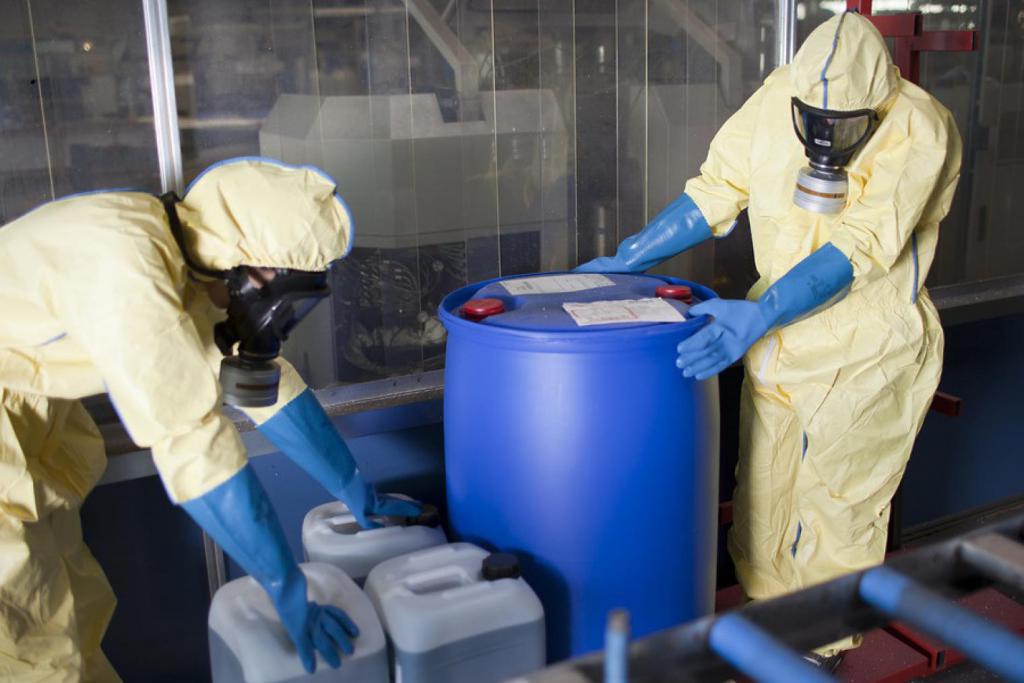
If we talk about specific examples, then the code 27-2 is assigned to such professions:
- All that are related to metal processing.
- Ice harvesters.
- Drillers, dragers, machinery drivers, crushers.
- Skin handlers.
- Dough mixers.
- Salt miners.
- Workers of fishing vessels.
- Food washers.
- Port movers.
This, of course, is not the whole list of professions, but only some examples. I would also like to note that not everyone can be allowed to work with difficult and harmful working conditions. There are contraindications, and these include:
- Congenital malformations.
- Chronic skin diseases.
- Cataplexy or narcolepsy.
- Violations of the central nervous system.
- Addiction to alcohol or drugs.
- Glaucoma.
- Any, even minor diseases of the cardiovascular system.
That is why, before employment, all candidates undergo a full medical examination.
27-3: female labor
Continuing to talk about special working conditions, it is worth moving on to the next code. Number 27-3 is assigned to women's activities related to specific areas. This includes tractor drivers in agriculture and other economic sectors, as well as operators of loading, unloading, road and construction machines.
Work in such areas of activity is difficult for objective reasons. Yes, she is described as masculine.
Take, for example, the profession of a tractor driver. During operation, it is affected by vibration and noise, about 1/3 of its time, it is in an extremely uncomfortable position.
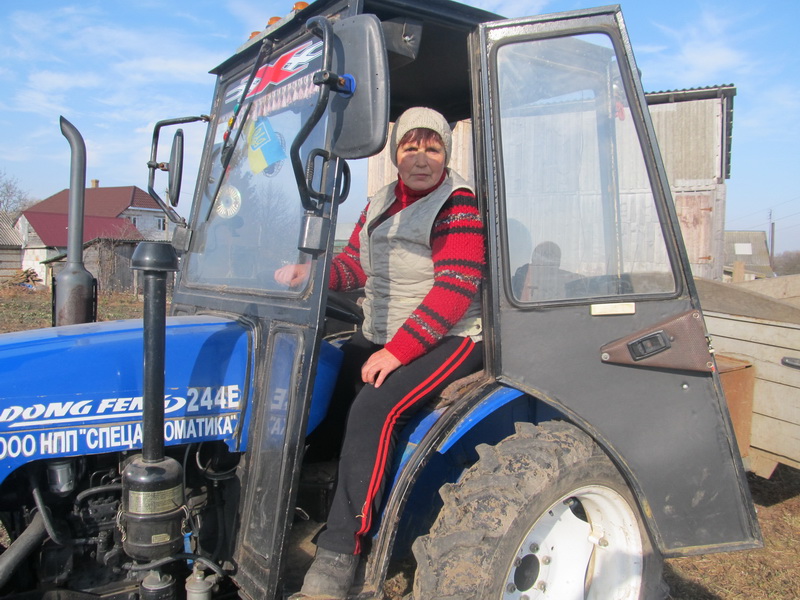
He also needs to manage, repair, and still maintain various types of tractors, trucks and combines in working condition. In addition, the tractor driver plows and sows the earth, harvests the rotten crop, transports successful, harvests forage, clears snow, digs trenches.
Of course, all this is special working conditions for men, but for women all of the above is displayed in a separate category, indicated by a personal code.
27-4: textile industry
This also denotes female labor, but only in the textile industry, in jobs with increased severity and intensity.
Specialists involved in this field are involved in the processing of fibrous substances of synthetic, animal, plant and mineral fiber. This process consists of several operations. This is the extraction, production, spinning, weaving, as well as the finishing of fiber.
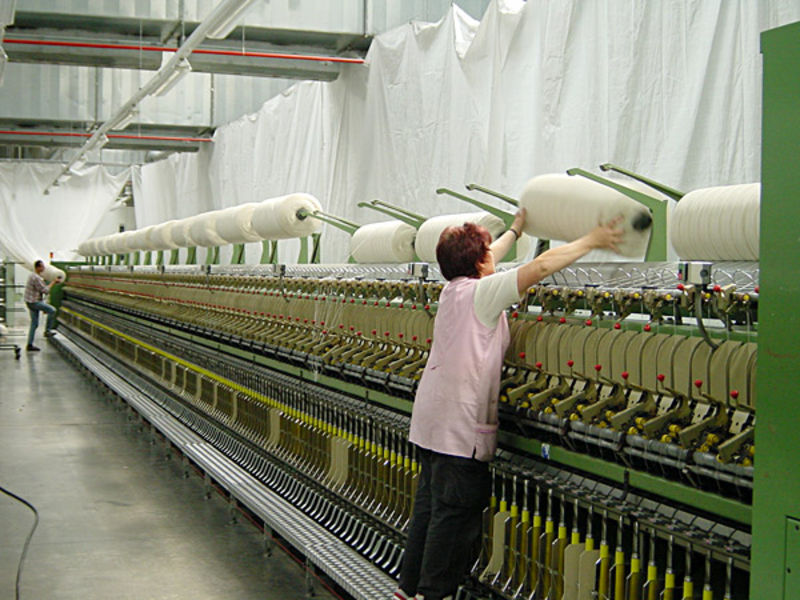
All this requires significant physical stress from employees. It is not surprising that the assessment of working conditions in the textile industry made it possible to determine that they are difficult. After all, the following factors influence workers:
- High humidity and temperature.
- High-frequency noise at 94-105 dB.
- Dustiness of air.
- Strong vibrations.
- Toxic substances with which contact is possible during bleaching of tissues.
- Finding an employee in an upright position with frequent bending and moving.
- Vision tension.
- The maximum concentration of attention.
27-5: transportation
When studying a topic related to special working conditions and a list of professions related to them, this code should also be mentioned. Number 27-5 denotes the following activities:
- Work in locomotive teams.
- Organization and further transportation.
- Ensuring traffic safety in the subway and railway transport.
- Driving trucks in mines, quarries, opencasts and mines (removal of ores, shale, rocks and coal).
27-6: work in the open
This code indicates the following work:
- Exquisite.
- Hydrological.
- Geophysical.
- Forest inventory.
- Hydrographic.
- Search Engines.
- Exploration.
- Topographic and geodetic.
That is, all people who work in detachments, expeditions, brigades, and on the plots belong to this category.
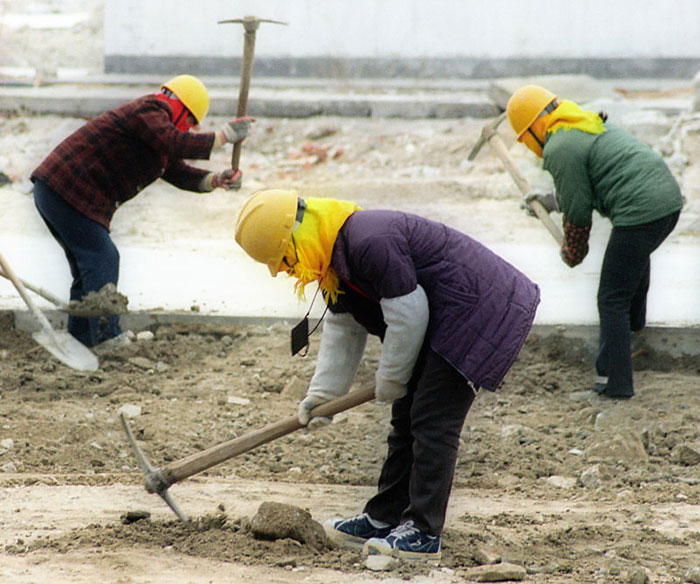
27-7: timber rafting and logging
Above was told about ground and underground work.Code 27-7 indicates "related" activities. To be more precise, work on rafting and logging. This also includes the maintenance of equipment and machinery.
Here are some professions from this category for an example:
- Fellers of the forest.
- Skidding winches.
- Hoopers.
- Buckers.
- Skidders machinists.
- Lumberjacks.
- Wood sorters on the water.
- Crane operators.
- Drivers in the forest.
- Bulk workers.
- Chipper branches.
- Rafters.
- Locksmiths for the repair of equipment.
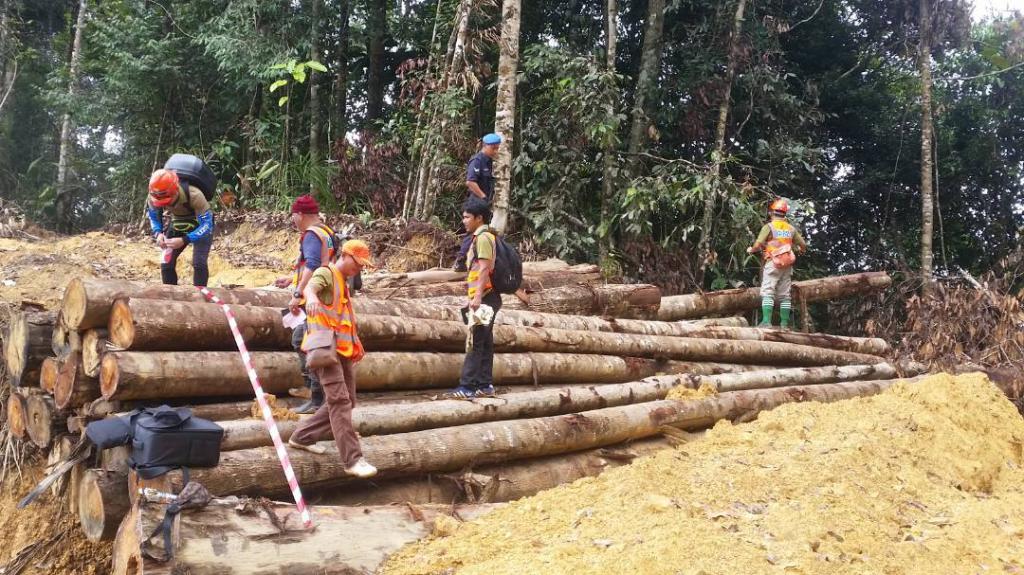
27-8 and 27-9: port work
These codes can be combined for a logical reason, because these include areas related to the port.
So, first you should talk about the code 27-8. It designates the scope of port handling operations, in which the mechanics of complex crews are engaged.
Code 27-9 defines a wider spectrum. To be more precise, work in the crew on ships of the river, sea and fishing fleet. Exceptions are the following vessels:
- Port, which operate in the port.
- Traveling.
- Service and auxiliary.
- Intracity and suburban communications.
27-10: driver activity
This code indicates the profession of tram, trolleybus and bus drivers. They are also workers with special working conditions. And the factors determining the level of complexity are many:
- Technical: type of transport, gross weight, technical condition, dynamic characteristics, dimensions, presence / absence of a trailer.
- Technological: features of the route, characteristics of the cargo, its dimensions, the availability of special equipment.
- Organizational: passenger flow, stability, length and non-linearity of the route, frequency of stopping points, schedule.
- Social: driver’s age, length of service, work and rest schedule, qualifications, working hours, combination of duties.
- Road climatic: mountain or career conditions, nature and climate, condition and type of road surface.
- Ergonomic: the level of vibration and noise, the convenience of finding control levers, dust, ventilation and temperature in the cabin, visibility and illumination, thermal radiation, humidity, space.
- Economic: labor organization, features of its payment and distribution of salaries in the team, financial performance of the enterprise.
- Organizational and technical: the frequency of intersections, traffic intensity, permitted speed and traffic capacity of the road.
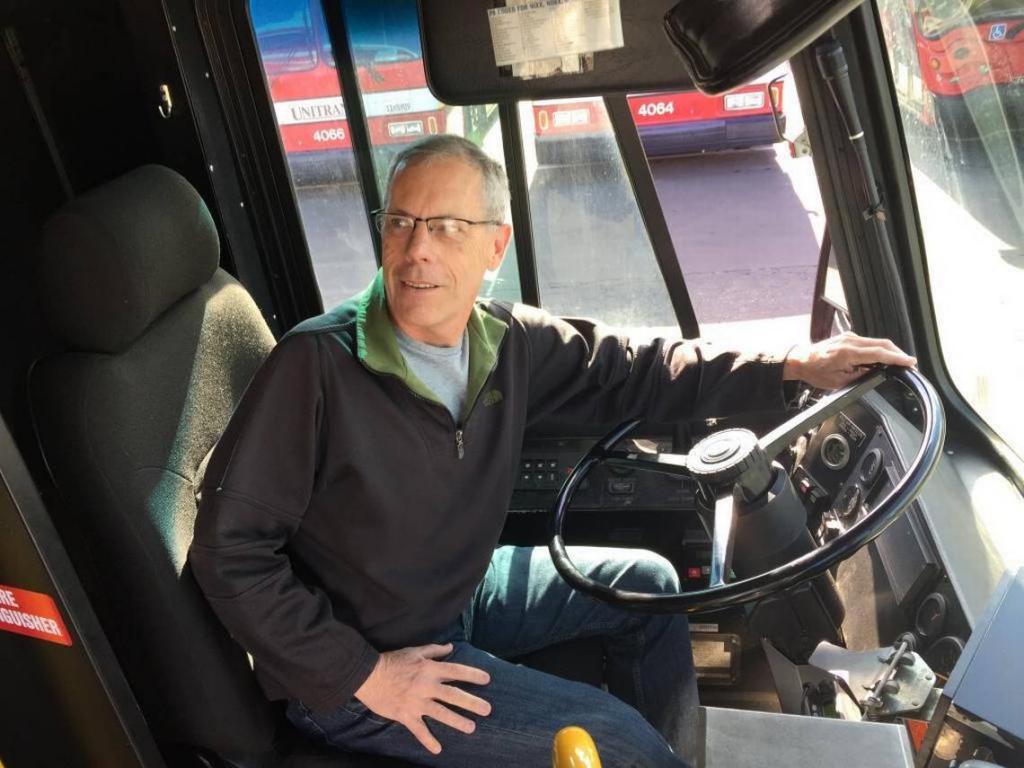
And these are far from all factors taken into account when assessing working conditions. Of course, visually the actions performed by the driver are simple. But there are a lot of them, and all of them together create an incredible load.
27-OS: work with prisoners
This code is assigned to activities involving contact with people who are serving a criminal sentence, which is manifested in the form of imprisonment. For reference: in this case, special conditions include the situation in which specialists are located who work with convicts.
Examples should be given. The 27-OS code indicates several dozen professions. These are commandants, chiefs, managers, inspectors, managers (bath, production, canteens, warehouses) - in general, absolutely all people whose work is in any way related to places of detention.
27-ПЖ: fire service
This code is assigned to posts related to the fire service. Here are just a few professions taken from the list:
- Fire truck driver.
- Searchlight.
- Boatswain of a fire ship.
- The duty operational squad.
- Communications dispatchers working in the Russian Emergencies Ministry.
- Fire Engineers.
- Prevention instructors.
- Commanders of the fire department and departments.
- Masters of smoke protection service.
- Heads of the detachment, guard, fire trains, mobile pumping stations.
Of course, the list is incomplete. And you don’t even need to clarify why exactly the working conditions in the fire service are special.People are in contact with an uncontrollable element destroying everything around them - they are always in danger.
28-SEV: work in the North
This is the last code that will be discussed. And he is assigned to the following professions:
- Fisherman.
- Reindeer herder.
- Hunter-hunter.
But there is one caveat. This is relevant only for those who permanently reside in areas of the Far North or in those areas that are equated with it. And this is logical. After all, even working as a shift worker in the Far North is not easy, but here we are talking about activities that involve being in an open area.
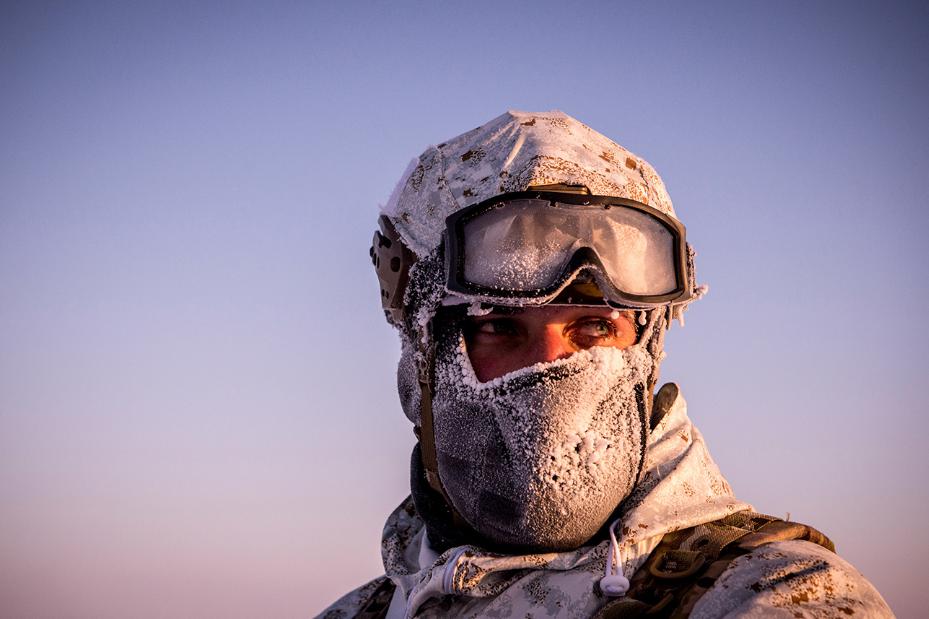
Many people think that these climatic conditions are difficult because of the cold. But this statement is not entirely true.
The fact is that in the North, due to low temperatures, very low humidity. It is even smaller than in the deserts. Because of this, the human lungs do not absorb oxygen well. And because of the locals they change in the so-called alpine type. The area of the alveolar surface, pressure in the arteries and the volume of capillaries increase.
And even indoors there is a low absolute humidity. This is bad, because dry air, thus, becomes a constant factor in the environment.
The consequence of staying in such conditions is chronic hypoxemia. Because of this, the content of antioxidants in the body decreases, the level of free radicals increases.
Of course, labor under such conditions is compensated. There is even the concept of northern pension, which is accrued in accordance with special rules that are not applicable to citizens living in other regions.
In total, there are 27 constituent entities of the Russian Federation for which certain extra coefficients apply, reflecting the severity of specific working conditions. And the benefits relate to seniority. For men, it is now 25 years old, and for women - 20. The minimum term of work is seven and a half years. What about the calculation? 9 months worked in the Far North are considered as 1 year. This determines such a low minimum length of service.
